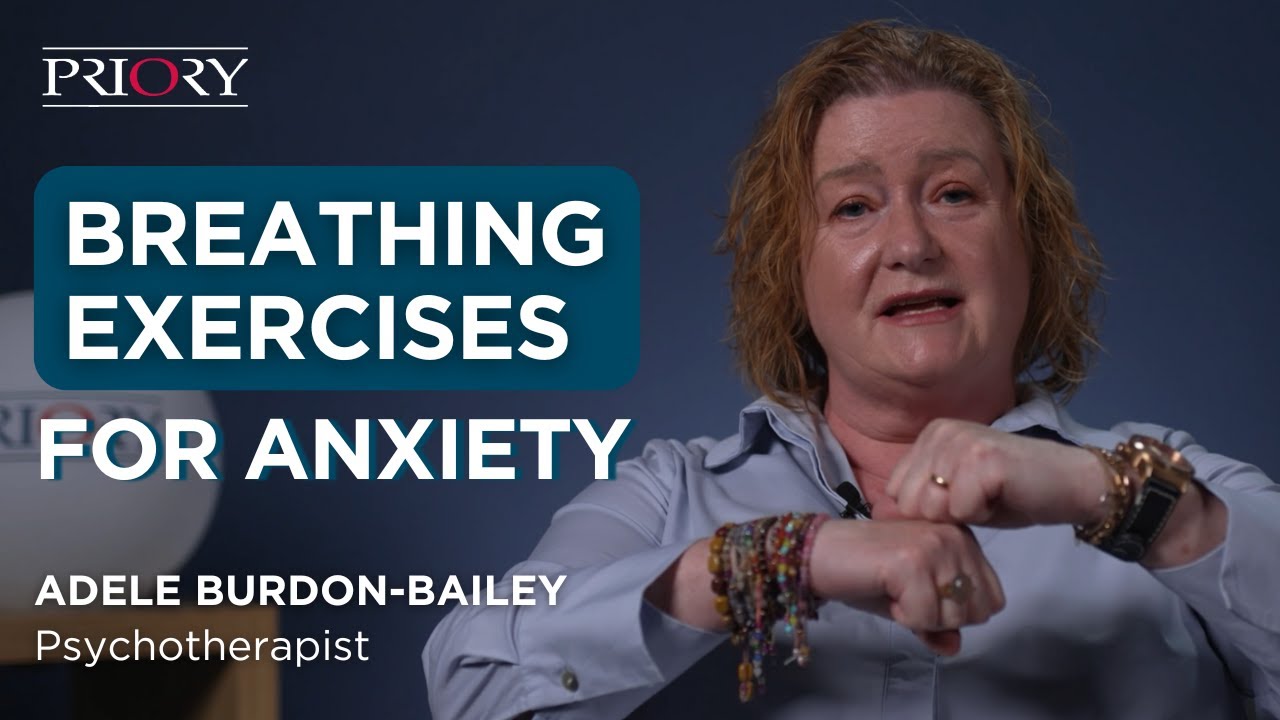
# Scientific Breakthrough: The Brain Circuit Linking Breathing and Anxiety Regulation
For the first time, researchers have discovered a brain circuit that consciously slows breathing and alleviates anxiety, providing insight into the neurological underpinnings of practices such as yoga, meditation, and mindfulness. This significant finding, featured in a study published in *Nature Neuroscience*, offers valuable perspectives on the complex interplay between respiration and emotional regulation.
The scientists from the Salk Institute have identified a precise neural connection between the frontal cortex (notably the anterior cingulate cortex) and the brainstem, which allows for conscious modulation of breathing patterns. By exploring how this process functions, the team paves the way for innovative treatments for anxiety and stress disorders that could replicate the soothing effects of controlled breathing.
**Published in [Nature Neuroscience](https://doi.org/10.1038/s41593-024-01799-w) | Estimated reading time: 6 minutes**
—
## Exploring the Brain’s Breathing Control
Throughout history, individuals have instinctively understood that deep, slow breathing can ease stress and encourage a sense of calm. However, until now, the scientific principles behind this connection had remained largely unexamined. So, how precisely does slow, intentional breathing contribute to relaxation?
The key lies within the brain. This new research indicates that the anterior cingulate cortex (a region associated with emotions and choices) directly interacts with the brainstem to govern our breathing in ways that enhance tranquility and mitigate anxiety.
Experiments conducted on mice revealed that this brain area can decelerate respiratory rates through its influences on the medulla, a section of the brainstem responsible for regulating automatic breathing functions.
Dr. Sung Han, the senior author of the study, states, “Aligning our breathing to our emotions feels almost natural—but we weren’t fully aware of how this operates within the brain. Our findings provide a scientific rationale for the tranquil effects of yoga and mindfulness.”
### Revealing the Calming Pathway
– **Anterior Cingulate Cortex**: Situated in the frontal part of the brain, the anterior cingulate cortex (ACC) is crucial for managing emotions and decision-making, while also engaging with the brainstem to impact breathing patterns.
– **Brainstem (Medulla and Pons)**: The medulla and pons, areas within the brainstem, are vital for regulating involuntary activities such as breathing, heart rate, and other fundamental processes. For the first time, researchers have detailed how a specific neural pathway connecting these regions relates breathing to emotional experiences.
The team found that the activation of this brain circuit results in a clear calming effect: respiratory rates decrease, and anxiety-like behaviors lessen. Conversely, when the circuit is obstructed or disrupted, breathing quickens, and anxiety levels rise.
This discovery clarifies why practices like deep breathing, long utilized by yoga instructors, therapists, and mindfulness practitioners, hold such significant power in alleviating anxiety.
## Essential Findings
The groundbreaking study employed advanced methods, such as optogenetics, to manipulate particular neurons in the brain and observe resulting behaviors in real-time.
### Key Findings Include:
1. **Neural Circuit Connection**: The researchers highlighted a functional pathway linking the anterior cingulate cortex (ACC) with the pons and medulla in the brainstem. When this circuit is stimulated using optogenetics, respiratory rates are substantially reduced.
2. **Direct Influence on Emotions**: Activating this pathway not only regulated breathing but also diminished anxiety-related behaviors in the mouse models. On the other hand, disrupting the circuit resulted in heightened anxiety and rapid, shallow breathing.
3. **Connection between Breath and Emotion**: The revelation directly links emotional regulation—especially in terms of anxiety—to conscious breathing control. This supports the notion that intentional breathing techniques, such as those employed in yoga and meditation, may activate this brain network.
Dr. Jinho Jhang, the study’s primary author, remarks, “The discovery of this circuit offers hope for the development of treatments for panic disorders and anxiety, potentially imitating the advantages of practices like yoga.”
### What is Optogenetics?
In this research, scientists utilized a refined technique known as optogenetics, which permits precise management of neuron activity through light. Mouse neurons were genetically altered to react to light signals, elucidating how this specific brain circuit facilitated breathing control and anxiety reduction. Optogenetics serves as a potent mechanism for obtaining direct evidence of function within neural circuits, granting researchers the capacity to monitor the immediate outcomes of manipulating selected neurons.
## Applications and Future Directions
Considering that breathing exercises have long been recognized for their anxiety-reducing benefits, this new comprehension of the brain’s role in emotional regulation could have extensive implications for mental health therapies.
### Possible Therapeutic Applications
1. **“Yoga in a Pill”**: The researchers are hopeful about developing future therapies that can stimulate this particular brain circuit without the